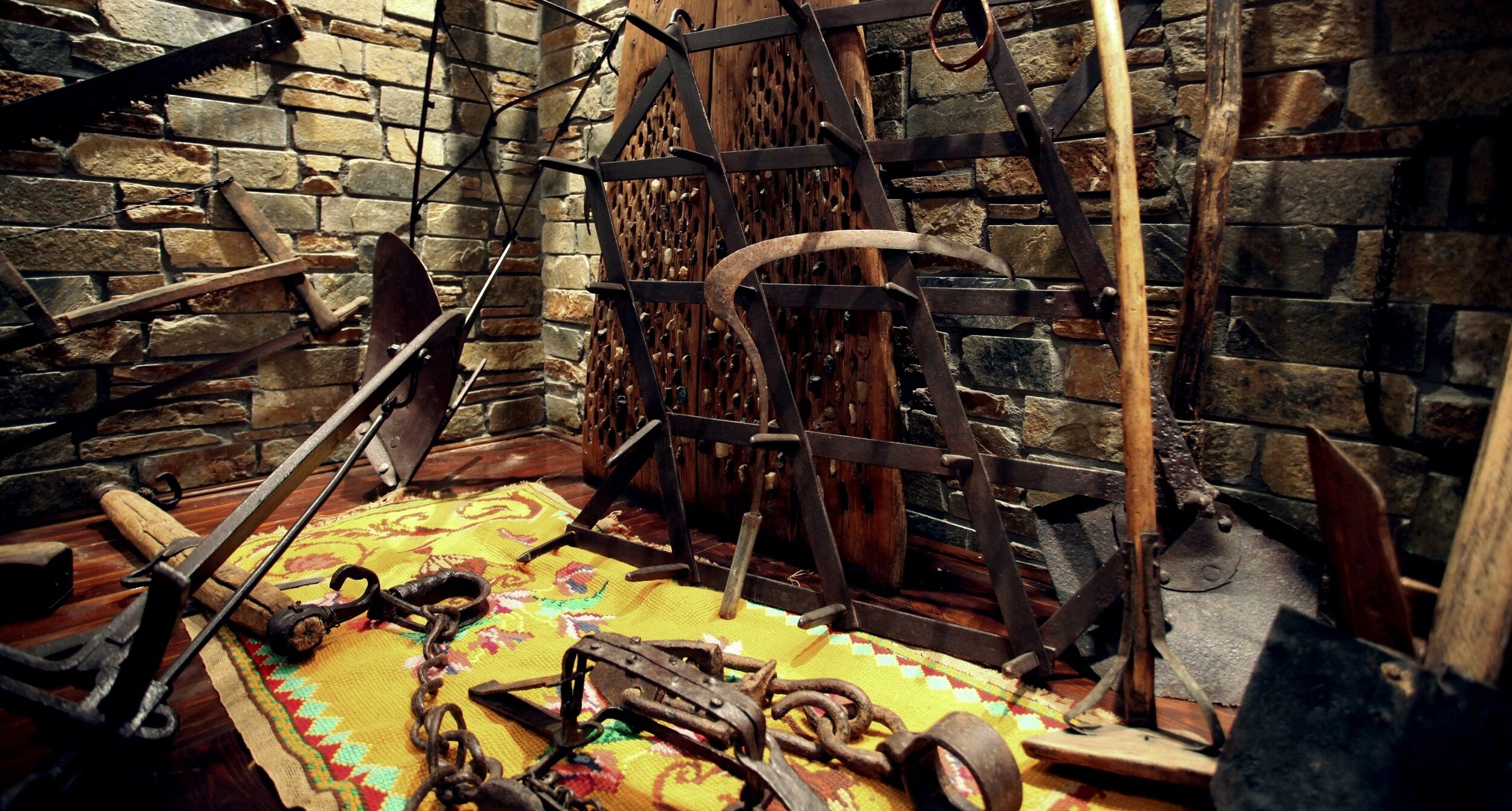
Omolio Folk-Agricultural Showroom Marinos Antipas
Omolio Folk-Agricultural Showroom Marinos Antipas
Omolio is a historical settlement of the Municipality of Agia surrounded by great natural beauty. Located in a central location, 40 km from the capital of the Larissa regional administration, just three kilometers from the Athens-Thessaloniki national road and at a minimum distance from the sea. According to Homer, the city participated in the Amphictyony of Delphi, while the mint of Ancient Omoli was one of the greatest in central Greece. The ruins of this ancient city and citadel still remain close to current Omolio.
Conditions brought the village back close to major historical events. This is the soil in which Marinos Antipas is buried, one of the most important figures of Greece in the fight to defend civil liberties. When Antipas came to Thessaly, where he took over as caretaker of the property of his uncle, he changed social conditions in the region. Although he was in a position of strength, he deleted agricultural debts, applied Sunday as a day off and set the remuneration of tenant farmers based on 75% of production (instead of 25% as was up to then in force). His murder was the natural consequence in a place dominated by lthe andowners of the time.
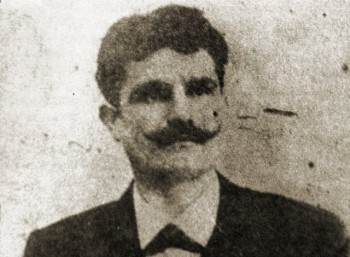
Μαρίνος Αντύπας / Marinos Antypas
Nowadays, the local community commemorates him, recognizing his contribution to changing social conditions, both in the region and across the country. It built a modest monument erected in Omolio where events are held every year in memory of the great fighter. At the same time, it gave his name to the small museum built in the village: Omolio Folk-Agricultural Showroom Marino Antipas, housed in the former Community chambers, located in the village square.
Today, the exhibition presents the tools used by the people for whom Antipas fought. Inaugurated on 18 March 2007 to mark the 100th anniversary of his death (murdered in 1907 in Pirgetos). Premechanical agricultural and foraging tools are hosted in the exhibition venue. Visitors can also admire tools of traditional occupations (fishermen, shoemakers, weavers, etc.) and objects from daily life of local people: handicrafts, embroidery and textiles, utilitarian household items (sofras (low tables), pots, pinakoti (bread levening boards)), local costumes, traditional clothing, woodwork items, postcards and engravings, coins, antique furniture, and a local bisiki (cot).
The collection includes artifacts that may be considered historical documents: a local’s military diary, which describes in detail the experience of the war in Asia Minor, but also photographs of social events and the occupations of the inhabitants. The showroom has a conference hall that holds 50-60 people.
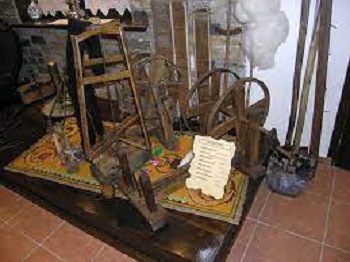
Λαογραφικό-Γεωργικό Εκθετήριο Ομολίου Μαρίνος Αντύπας
Places like the Omolio Folk-Agricultural Showroom Marinos Antipas, although exhibiting objects from earlier times, alsoshow that traditional culture is not a static body of evidence that survives only in a museum. Because on the one hand, tools and materials actually bear witness to the immutable characteristics of an era (available resources, raw materials), however, they also reveal the basic principles of human creativity that lead to evolution. The name of the exhibition reminds us, at the same time, that this creativity should always be developed with concepts such as respecting the principles of human law and social justice.
Historical Archive-Museum of Hydra| Sotiris Sorogkas-“Memories from Hydra”| 5 July – 30 July 2025
The painter and Professor at the School of Architecture of the National Technical University of Athens, Sotiris Sorogkas, presents a series of works depicting ruins of windmills and sea wood from boats, vessels, and rust. These are the same themes he has been exploring since his student days in the 1950s. Back then, for the first time in the summer of 1957, he visited as a student of the School of Fine Arts "the paradisiacal Hydra praised by those who knew it," as he describes in the introductory text of his exhibition. He continues: "The inexplicable ...More
Patras 20th International Short Film Festival A.S.T.O. – Communicate June 26-27, 2025
The International Short Film Festival A.S.T.O.-Communicate returns for the 20th year with summer screenings, in the courtyard of Skagiopouleio, on Thursday 26 and Friday 27 June 2025 (starting at 9pm). This year's festival includes: Thursday 26 June–World Artists Friday 27 June: Greek Filmmakers On the 2nd day of the Festival, (27/06), the following awards will be presented to Greek filmmakers: - Best Film Award of the 20th ASTO-Short Film Festival. - Best Screenplay Award for the Best Script - Award for the Best Cinematography. In addition, for the Greek and international entries, the Audience Awards will ...More
Stadiou Street… in the course of history | By Giannis Loukas
It is difficult today to imagine the shape of Athens before the mid-19th century, when the city began to take the form of a modern city. It is not uncommon for modern streets to have replaced ancient streams that once ran through Attica. Stadiou Street is one of those central streets in the city that took the place of a stream which remained outside the city limits both in ancient and more recent times. The stream remained just outside the wall that enclosed Athens from 1778 until 1834, when what was left of it was demolished. ...More
Patakis Publications | Giorgos Rakkas – Overtourism: Carefree Capitalism and the Social Crisis of the City
Title:Overtourism: Carefree Capitalism and the Social Crisis of the City Author: Giorgos Rakkas Publisher: Patakis Publications Subject: Social Studies Year: 2025 Pages: 206 Technical Features: 12Χ17 Will Europe, in the coming years, end up functioning like a theme park or as an aging continent lagging behind in the trajectory of global economic development? This and many other questions are addressed in the publication authored by Mr. Giorgos Rakkas, a researcher at the Institute of Information and Communication Technologies of the National Centre for Research and Technological Development (IPTIL-EKETA). The book is the first volume in the ...More
Young musical explorers at the Thirathen Museum
The educational program of the Museum of Traditional Instruments of Thirathen returns on 29/6 at 11:00 a.m. “Little Musical Explorers” Let's go discover the secrets of the museum through imagination, play and music! Our little friends, aged 5 to 12 years old, will live a unique experience full of interactive activities, creativity and traditional musical instruments. Participation cost: 7€. Booking is required at: 2810711196
Summer Cine Fougaro| Every Friday, 27 June-12 September 2025
On June 27th the summer CINE FOUGARO starts again this year with free entrance!!! This year's program is dedicated to classic foreign films that we all love. Comedies, auteur films, crime and westerns from all over the world will keep young and old alike company! The screenings will take place at 3DENDA and end on September 12. Friday 27 June , 21.00 The Party | Blake Edwards, 1968, 99' Hilarious comedy of misunderstandings with a bumbling Indian actor that ends up in a Hollywood party-disaster. Peter Sellers gives a natural comedy recital in a jab at ...More

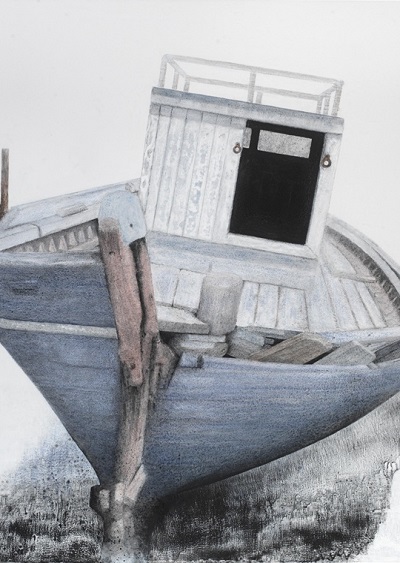
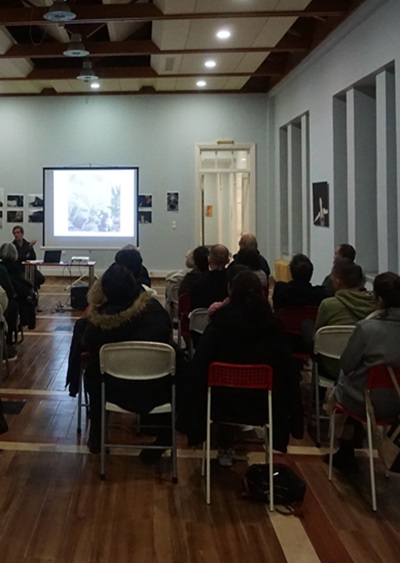
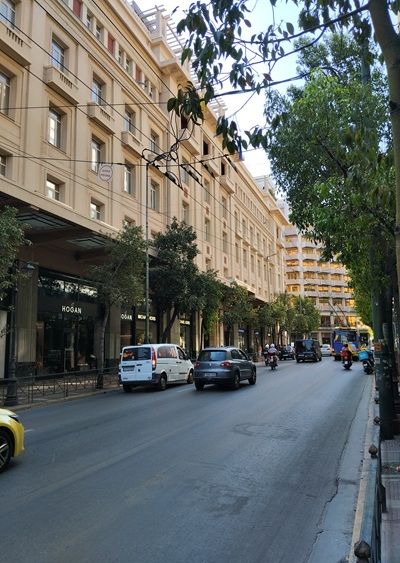
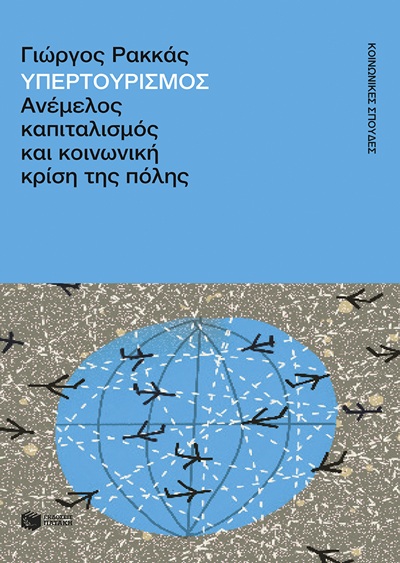
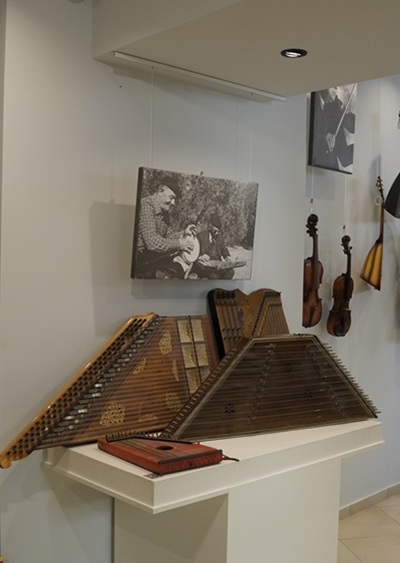

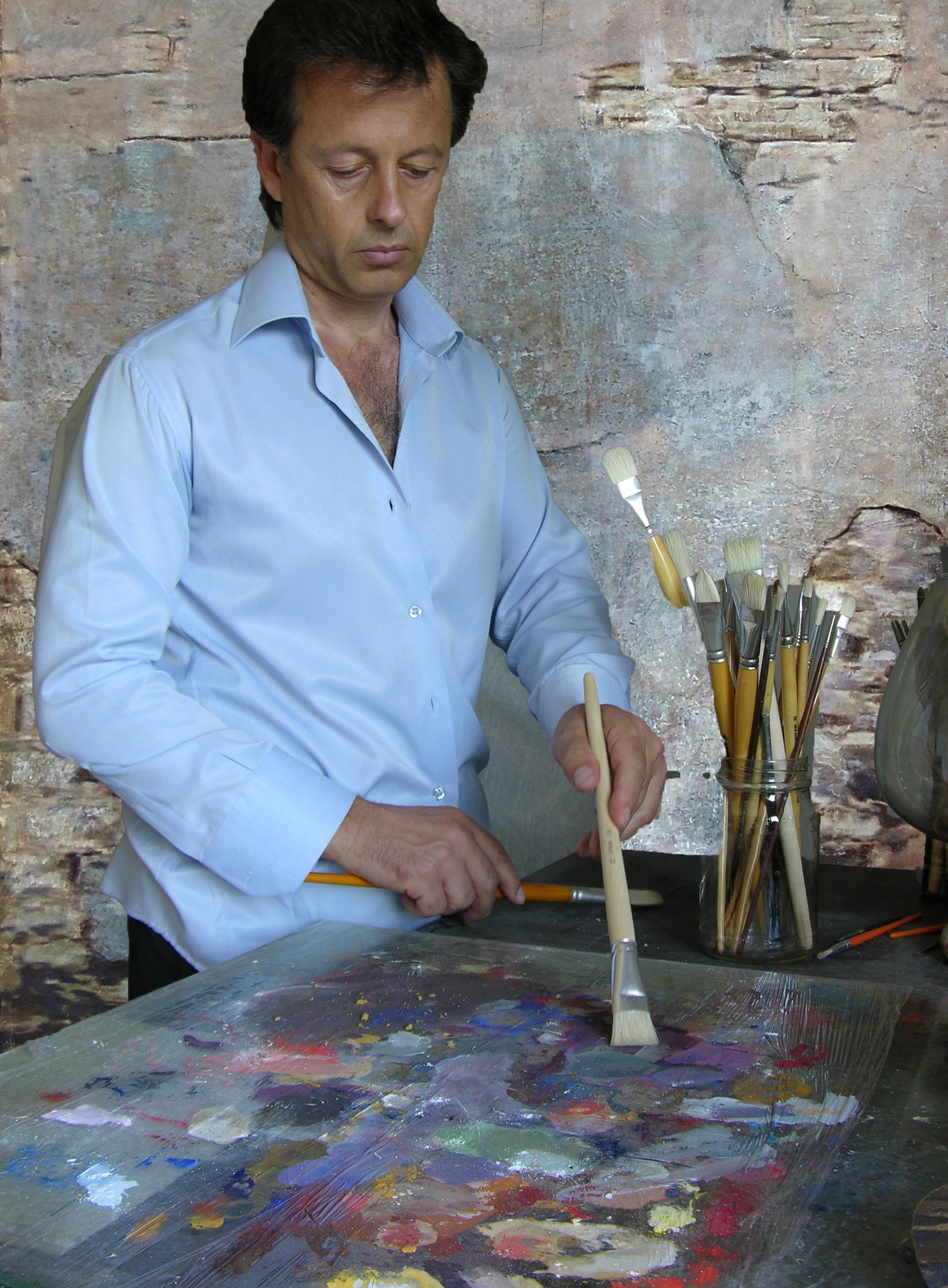
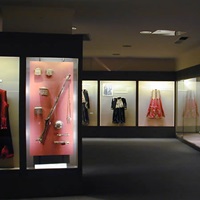
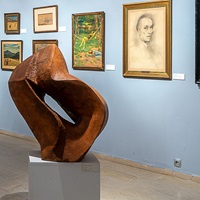
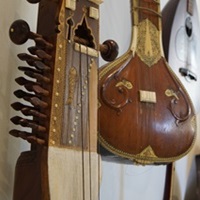


Leave A Comment